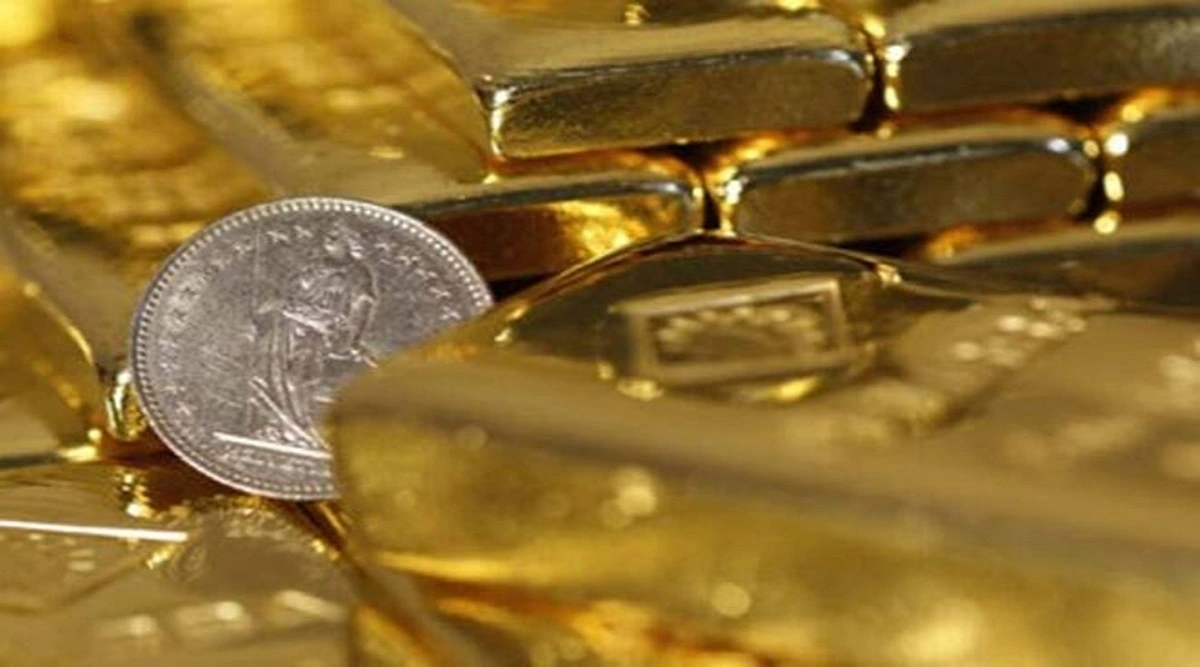Gold prices exhibited little movement on Wednesday following a significant decline in the previous session, prompted by concerns over persistent U.S. inflation potentially delaying Federal Reserve interest rate cuts beyond June. Spot gold remained steady at $2,157.88 per ounce, while U.S. gold futures dipped slightly to $2,163.20.
Market sentiment pivoted around U.S. inflation data, influencing the Fed’s decision-making process, as noted by Michael Langford, chief investment officer at Scorpion Minerals Ltd. Langford anticipated a healthy correction of up to 10% in gold prices from current levels.

Gold experienced a notable 1.1% decline on Tuesday, driven by robust U.S. consumer price increases in February, surpassing expectations and indicating lingering inflationary pressures. This marked the largest single-day drop since February 13, reinforcing concerns about inflation‘s impact on monetary policy decisions.
Market participants adjusted their expectations for a June rate cut, with a decrease in the probability to 67%, down from 72% before the release of inflation data, according to LSEG’s interest rate probability app.
Langford highlighted the surplus liquidity in the financial system and the influx of funds into commodities, including gold and base metals, which supported prices amidst inflation concerns.

The U.S. inflation report prompted a rise in U.S. Treasury yields and the dollar. Additionally, weak demand at a $39 billion auction of benchmark Treasury notes further boosted the 10-year Treasury yield.
Meanwhile, markets monitored attacks on Russia’s energy infrastructure from Ukraine, adding to geopolitical uncertainties.
Spot platinum, palladium, and silver experienced minor declines, reflecting the cautious market sentiment surrounding precious metals amidst inflationary pressures.





